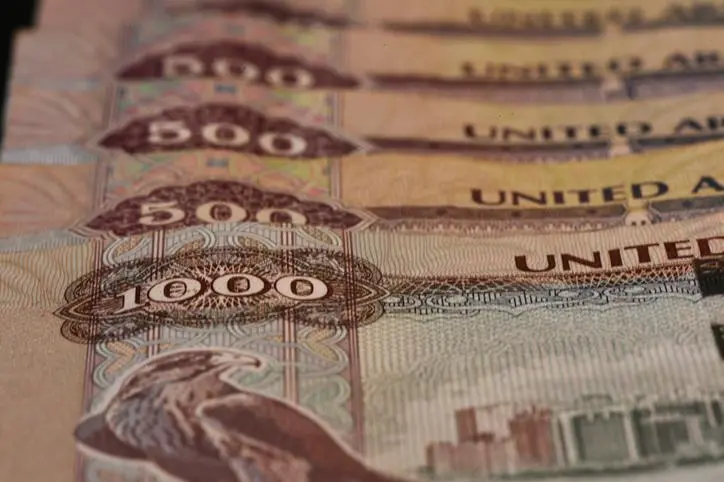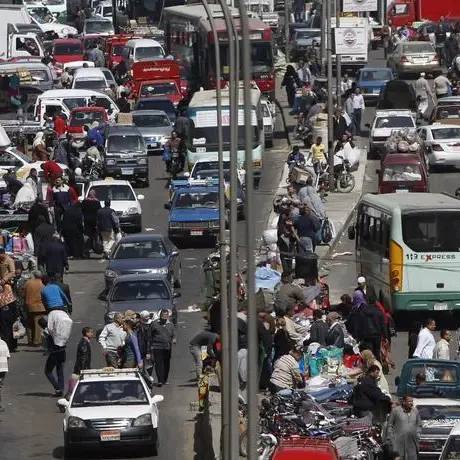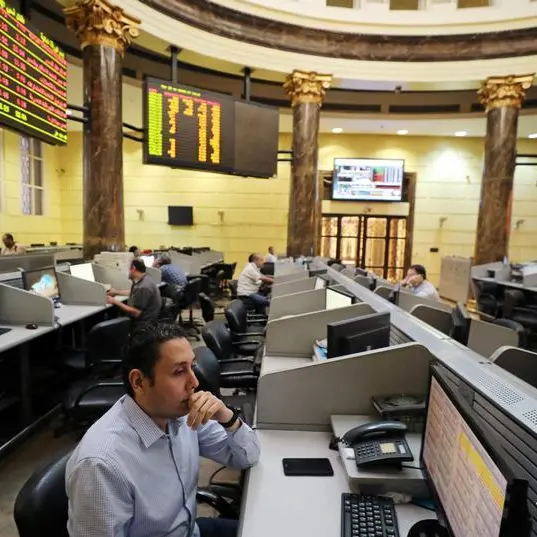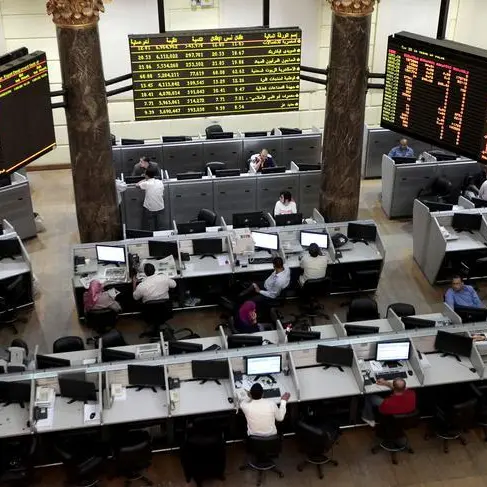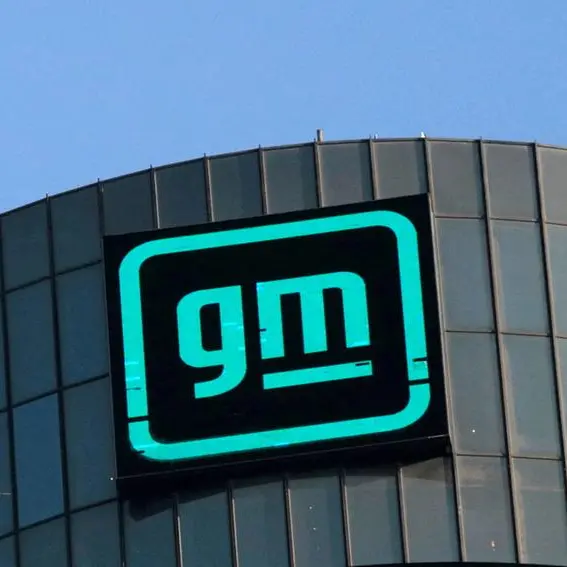PHOTO
Profitability at UAE banks will remain under strain in the second half of 2020, with recovery largely to be gradual and dependent on the rebound in economic activity amidst low interest rates, an increase in non-performing loans (NPLs) and impairment charges following the outbreak of coronavirus, say analysts.
First-half data showed that despite a massive increase in NPLs and impairment charges, lending by major banks remained strong following the instruction of the Central Bank of the UAE to extend deferments to businesses and individuals as a cushion against the effect of Covid-19.
The UAE's 13 major listed banks recorded a 60 per cent year-on-year decline in net profit during the first half, from Dh17.76 billion to Dh10.71 billion. The rise in loan loss provisions was a major factor, rising 38 per cent from Dh9.19 billion in the first half of 2019 to Dh12.73 billion.
M.R. Raghu, managing director of Marmore Mena Intelligence, said UAE banks witnessed a sharp decline in profitability and deterioration in asset quality during the first half due to the dual impact of coronavirus-related lockdown measures and low oil prices.
Among major UAE banks, Emirates NBD's net profit for the first half fell 45 per cent to Dh4.1 billion, First Abu Dhabi Bank's dropped 24 per cent to Dh4.8 billion and Abu Dhabi Commercial Bank's slipped 38.6 per cent to Dh1.43 billion, mainly due to an increase in impairment charges.
"The situation is likely to worsen in the second half of 2020 as bad loans are expected to spike further, once stimulus measures and deferment of loan repayments are out of the picture. Once these stressed loans are reflected in the financial position of banks, there could be further deterioration in profitability. Recovery of the banking sector depends on the rebound in economic activity," said Raghu.
In order to support local economy and banking sector, the UAE central bank had increased stimulus package to Dh256 billion in April 2020.
This covered a Dh50 billion fund for capital buffer, Dh50 billion to extend finance to the private sector at zero cost and Dh95 billion to ensure enough liquidity in the market.
"Given the correlation with oil price and the UAE being a global trade and finance hub, what happens in the UAE economy will depend a lot on the global scenario. The second wave of the pandemic means that the reopening plans are delayed in many parts of the world and this means recovery will be gradual for UAE banks," said Bal Krishen, chairman of Century Financial.
Iyad Abu Hweij, managing director of Allied Investment Partners, said that despite the strong liquidity position, UAE banks face temporary threats to profitability.
"Banks maintain adequate capital and liquidity buffers well above regulatory requirements, with an average capital adequacy ratio of 16.9 per cent at the end of March this year and an eligible liquid asset ratio of 16.6 per cent. Further, the timely supportive measures introduced by the central bank help UAE banks to absorb the challenges," he added.
NPLs jump
For the eight major UAE banks, NPLs have jumped by 631 per cent to Dh129.96 billion from Dh17.76 billion.
NPL as a percentage of the total loans for these banks rose from one per cent in the first half of last year to five per cent this year for the first six months. The loan book size for these UAE-listed banks rose from Dh2.57 trillion to Dh2.58 trillion in the first six months of this year.
Abu Hweij said the contraction in interest margins due to low interest rates, subdued business volumes and higher loan impairment charges caused a sharp decline in profits during the first half of 2020.
NPLs may increase further once debt repayment holidays as part of the stimulus measures end, exerting further pressure on provisioning charge on NPLs.
"This, coupled with the low interest rate environment may continue to add pressure on banks' profits in the second half. However, an encouraging pattern of a Covid-19 curve in the UAE and resumption of major business sectors will cushion the impact," he added.
Raghu said deferment of payments have concealed the impact of NPLs so far in the first half of the year.
"Therefore, once deferments are withdrawn, NPLs are expected to increase further," he said.
"This would increase provisioning, write-downs and impairment charges. Considering these factors in addition to low interest rates and weak economic activity, profitability is expected to remain weak in the second half of the year as well," he added.
Copyright © 2020 Khaleej Times. All Rights Reserved. Provided by SyndiGate Media Inc. (Syndigate.info).
